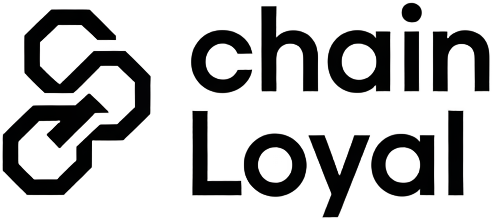
On-chain loyalty staking is rapidly emerging as a cornerstone of crypto community engagement, transforming passive holders into active participants who drive project growth. By intertwining staking incentives, gamified experiences, and real-time transparency, these programs are reshaping the landscape of DeFi loyalty programs. Drawing on recent case studies and the latest industry research, let’s break down three actionable strategies proven to boost user retention, organic growth, and engagement within crypto ecosystems.

Tiered Staking Rewards: Incentivizing Long-Term Participation
One of the most effective ways to foster sustained engagement is through tiered staking rewards. By implementing multi-level systems, projects reward users not only for the amount staked but also for their commitment over time. This dynamic is evident in successful campaigns like Binance’s Launchpool and Polygon’s staking initiatives, where participants unlock higher APYs, exclusive NFTs, and even governance rights as they climb the loyalty ladder. The result? A measurable increase in user retention and a more committed core community.
Case studies consistently show that when users see tangible progression, such as moving from Bronze to Platinum tiers or gaining early access to new features, they are far more likely to keep their assets staked and remain active in the ecosystem. This approach doesn’t just reward loyalty; it gamifies the experience, making participation both lucrative and engaging.
Top DeFi Platforms Using Tiered Staking Rewards
-
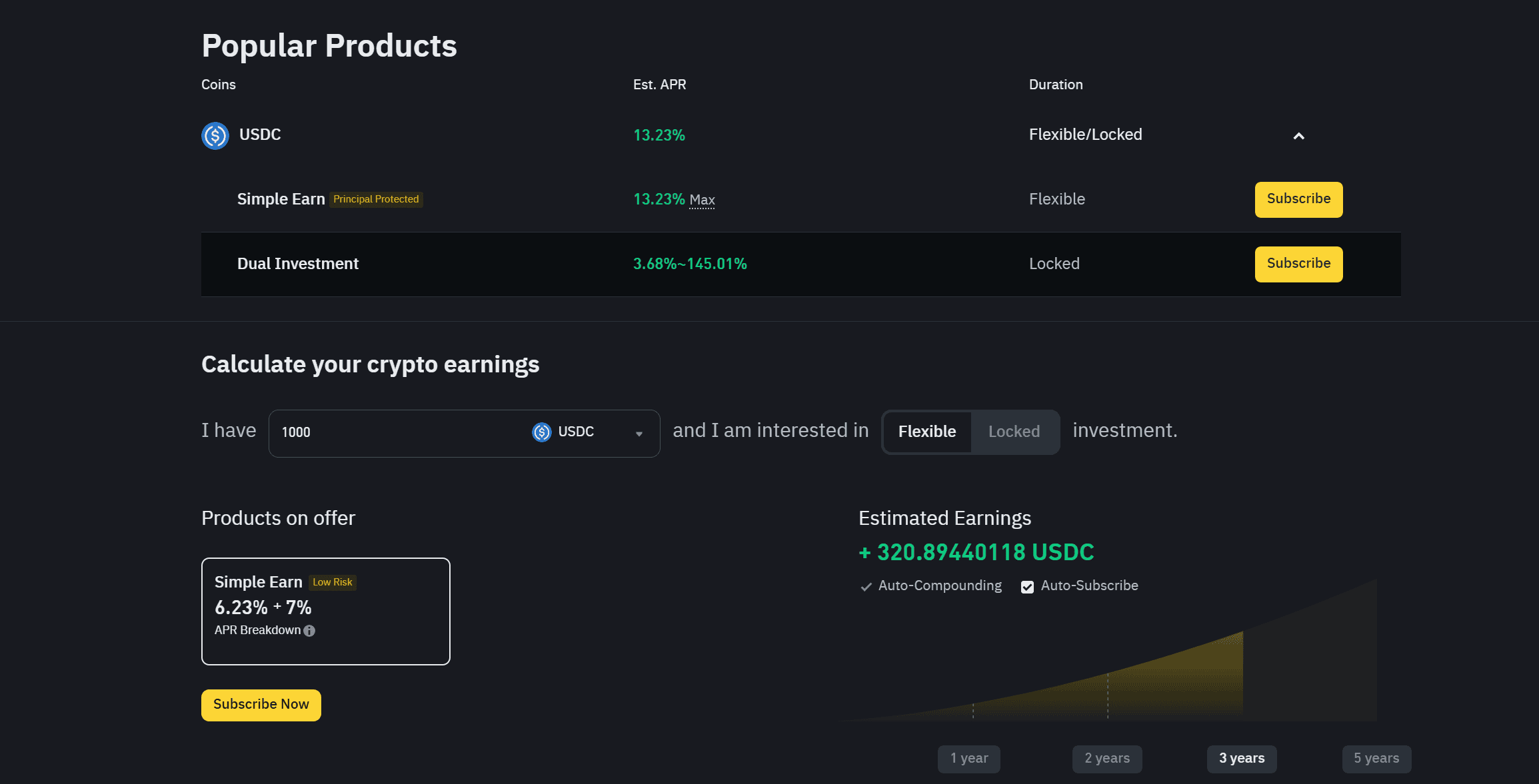
Tiered Staking Rewards to Incentivize Long-Term Participation: Leading DeFi platforms like Binance Launchpool and Polygon have implemented multi-level staking systems. Users unlock higher rewards, exclusive NFTs, or governance rights based on their staking amount and duration. This approach, validated by recent case studies, significantly increases user retention and engagement.
-
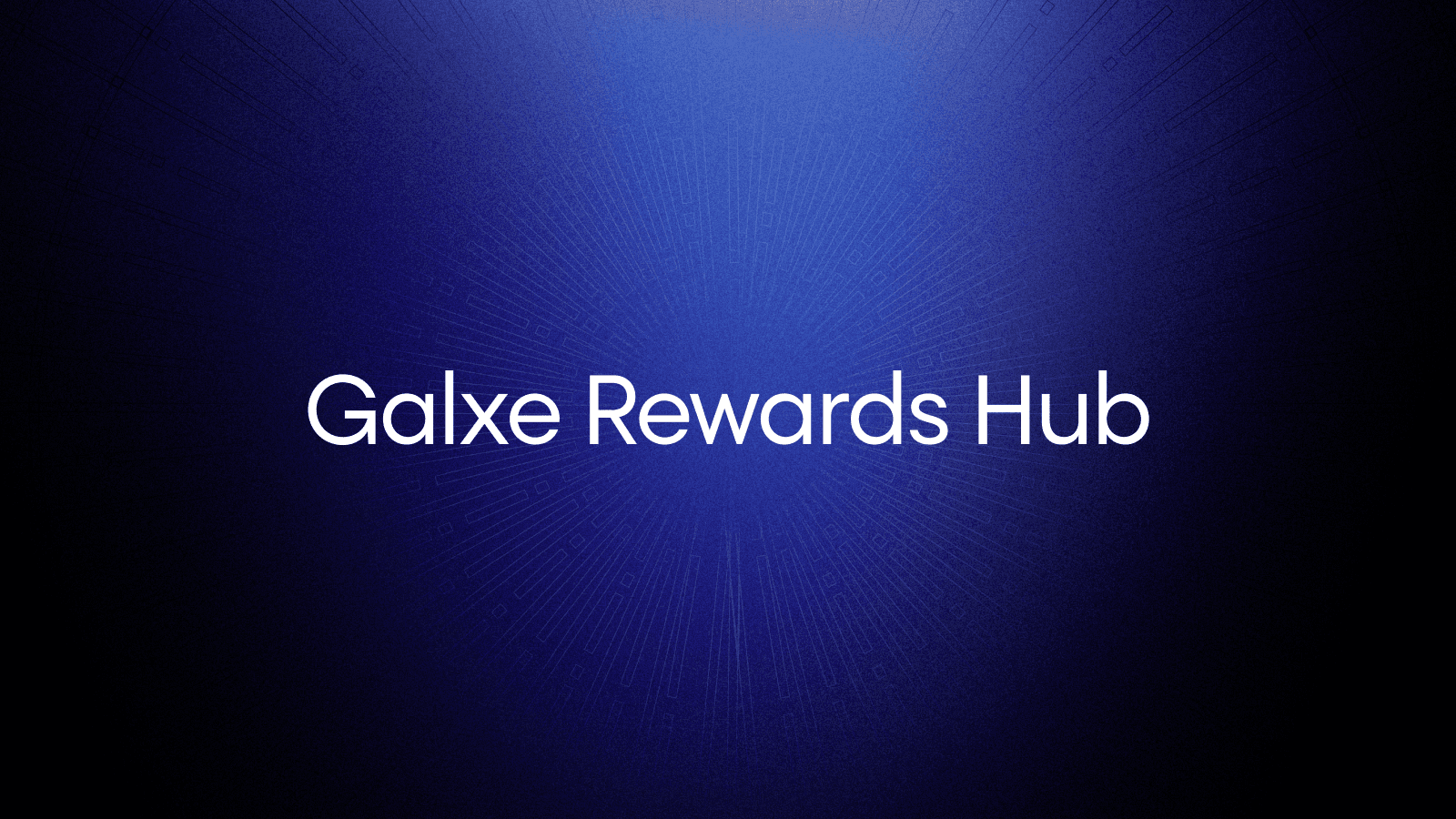
Gamified Community Challenges and Social Engagement Bonuses: Platforms such as Galxe (formerly Project Galaxy) and Unify Rewards drive organic growth by integrating social tasks—like referral programs, voting, and educational quests—into their staking models. Gamification and social incentives have proven to foster vibrant, loyal communities and boost user participation.
-
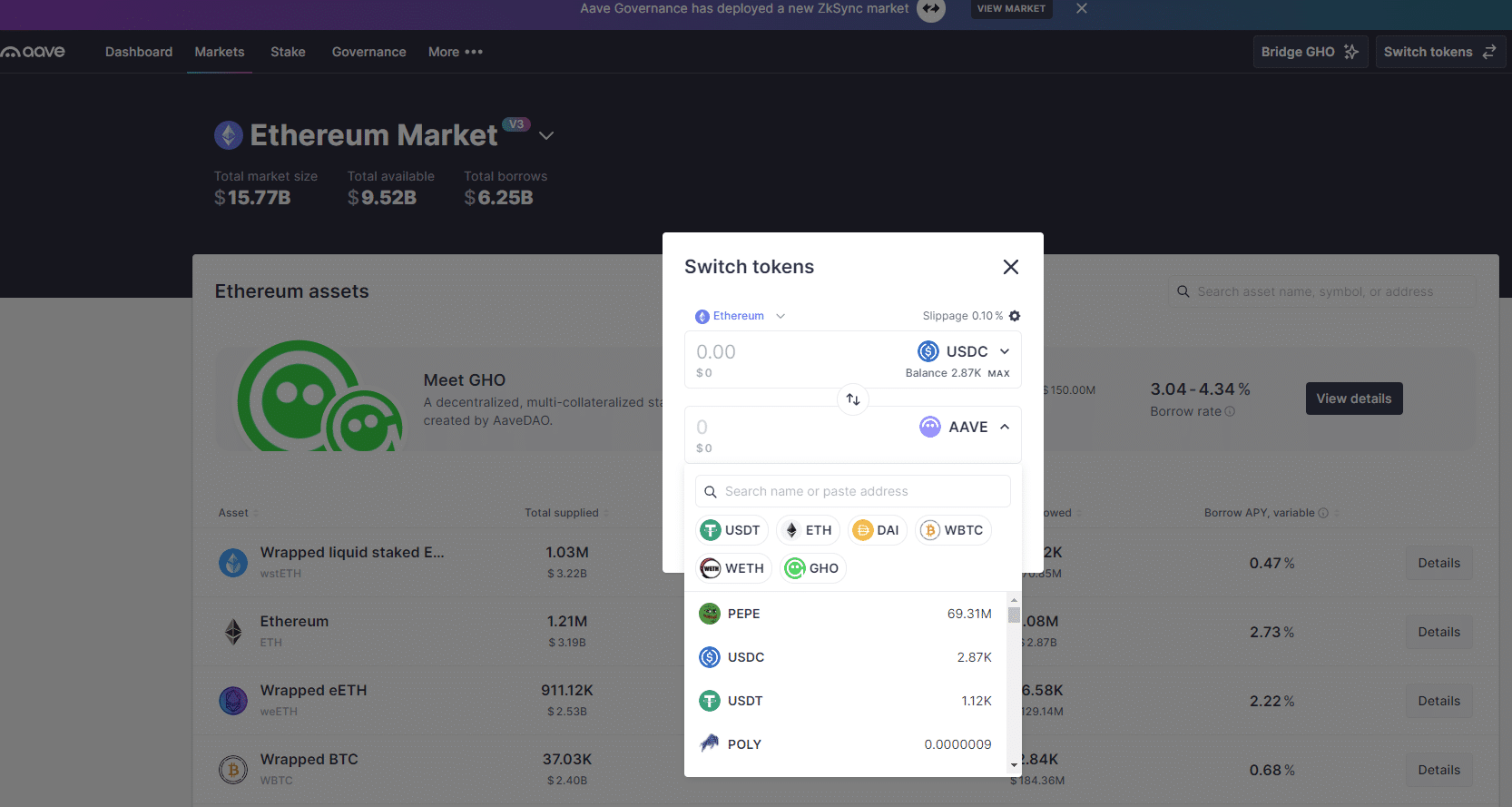
Transparent, On-Chain Performance Metrics and Real-Time Reward Tracking: Industry leaders like Aave and Uniswap set the standard for transparency by providing dashboards with real-time staking performance, community milestones, and clear reward distribution. This transparency builds trust and encourages ongoing participation in loyalty staking programs.
Gamified Community Challenges and Social Engagement Bonuses
Beyond financial incentives, gamification and social-driven mechanics are turbocharging organic growth. Platforms like Galxe (formerly Project Galaxy) and Unify Rewards have pioneered the integration of referral programs, voting mechanisms, and educational quests directly into their staking platforms. These features turn everyday users into brand advocates and co-creators, driving viral growth through word-of-mouth and social sharing.
For example, Unify Rewards’ pilot program demonstrated that participants who completed educational challenges or invited friends to stake were not only more likely to remain engaged, but also contributed to a vibrant, self-sustaining community. This blend of gamification and social incentives is fast becoming a best practice for any DeFi platform seeking to stand out in a crowded market.
Transparent, On-Chain Performance Metrics and Real-Time Reward Tracking
Transparency is fundamental to trust in DeFi. Leading protocols like Aave and Uniswap have set a new standard by providing users with dashboards that offer real-time visibility into staking performance, community milestones, and reward distribution. This level of openness not only reassures users that rewards are distributed fairly, but also encourages ongoing participation as users can track their progress and contributions in real time.
According to a recent systematic review, platforms with transparent, on-chain metrics see higher rates of user satisfaction and lower churn. When participants can see exactly how their activities translate into rewards, and how those rewards compare to community benchmarks, they are more likely to increase their engagement over time.
These three strategies are not theoretical, they are already being deployed by top DeFi projects with measurable results. For a deeper dive into how on-chain loyalty staking maximizes rewards and user engagement, explore our in-depth analysis here.
Furthermore, the integration of transparent, on-chain performance metrics has become a critical differentiator for projects aiming to build lasting trust and accountability. When users can access real-time dashboards showing staking yields, community milestones, and reward distributions, they gain confidence in the fairness and reliability of the system. This transparency is not just a technical feature, it’s a psychological anchor that transforms passive holders into active, informed stakeholders.
Protocols like Aave and Uniswap have demonstrated that public, on-chain data reporting correlates directly with higher user retention rates and deeper engagement. These platforms empower users to monitor their staking performance alongside broader community achievements, fueling healthy competition and collaborative progress. The result is a self-reinforcing loop: as users see their efforts reflected in real time, they are incentivized to participate more actively, which in turn strengthens the community and project fundamentals.
Best Practices for Implementing On-Chain Loyalty Staking
Based on the latest case studies and industry research, here are three actionable strategies for DeFi projects looking to supercharge crypto community engagement and retention with on-chain loyalty staking:
Proven Strategies for On-Chain Loyalty Staking Success
-
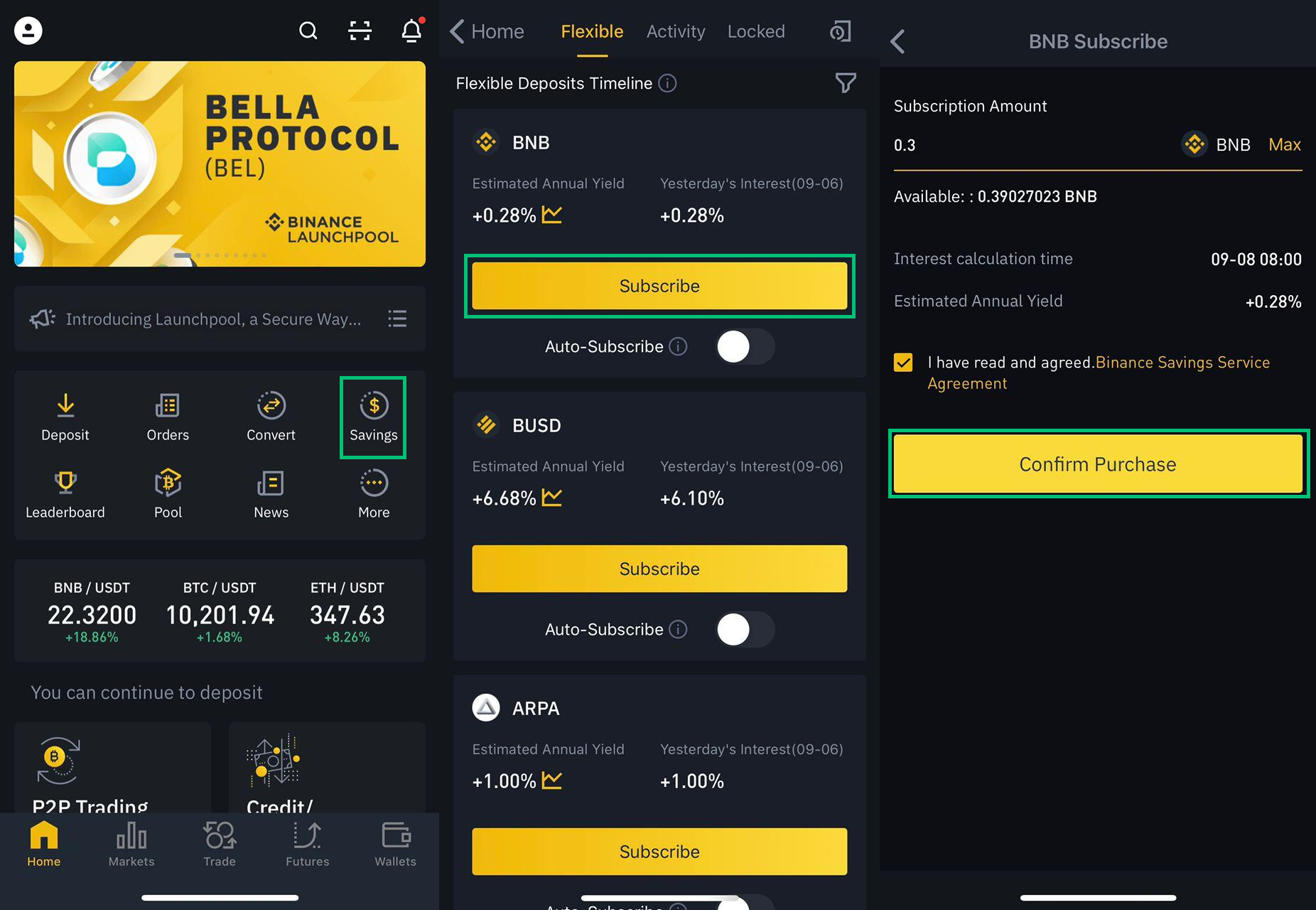
Tiered Staking Rewards to Incentivize Long-Term Participation: Implement multi-level staking systems where users unlock higher rewards, exclusive NFTs, or governance rights based on how long and how much they stake. Case studies like Binance’s Launchpool and Polygon’s staking campaigns show that tiered rewards significantly increase user retention and engagement.
-
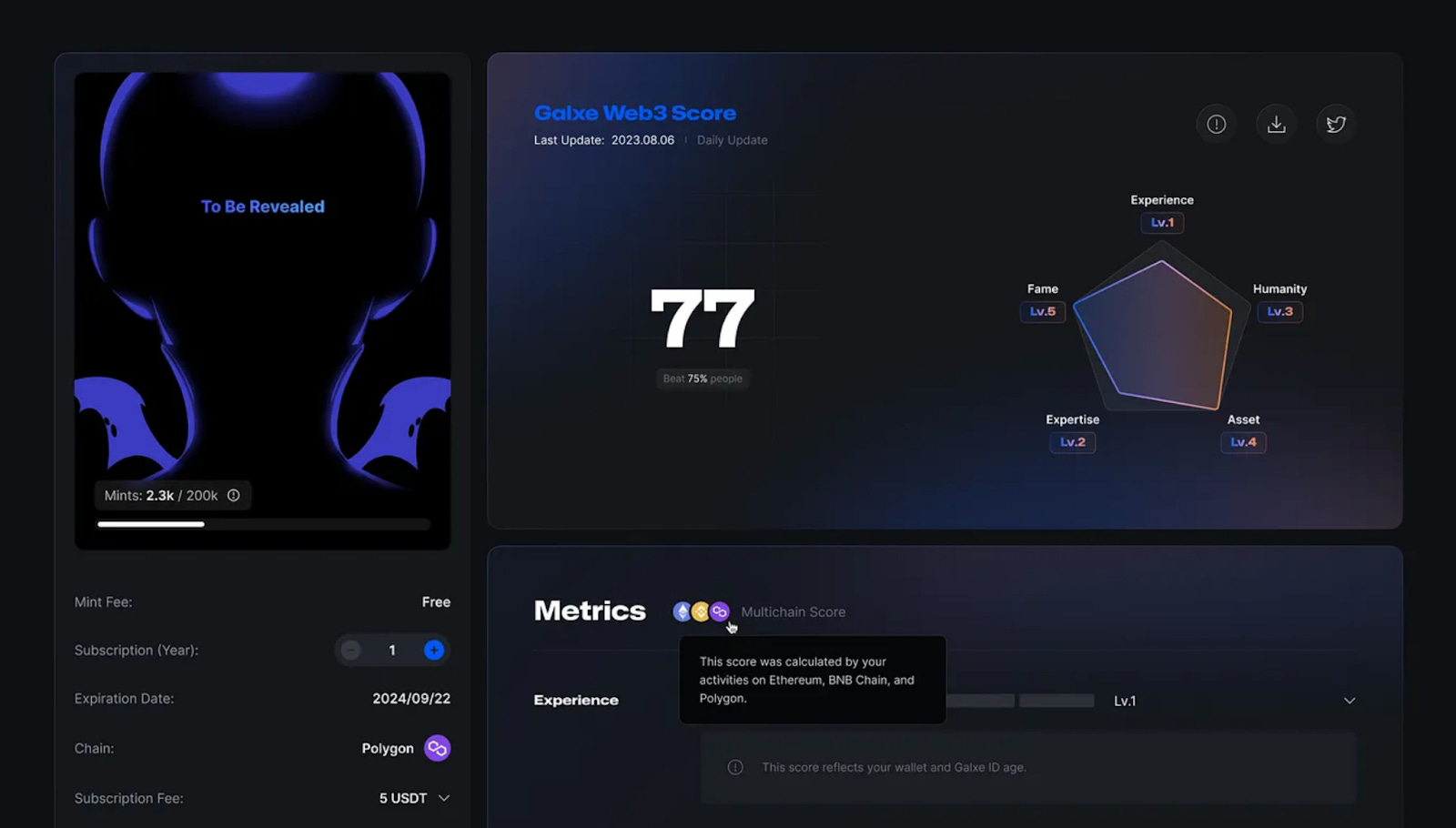
Gamified Community Challenges and Social Engagement Bonuses: Integrate social and community-driven tasks—such as referral programs, voting on project decisions, or completing educational quests—into the staking platform. Projects like Galxe (formerly Project Galaxy) and Unify Rewards have demonstrated that gamification and social incentives drive organic growth and foster vibrant, loyal communities.
-
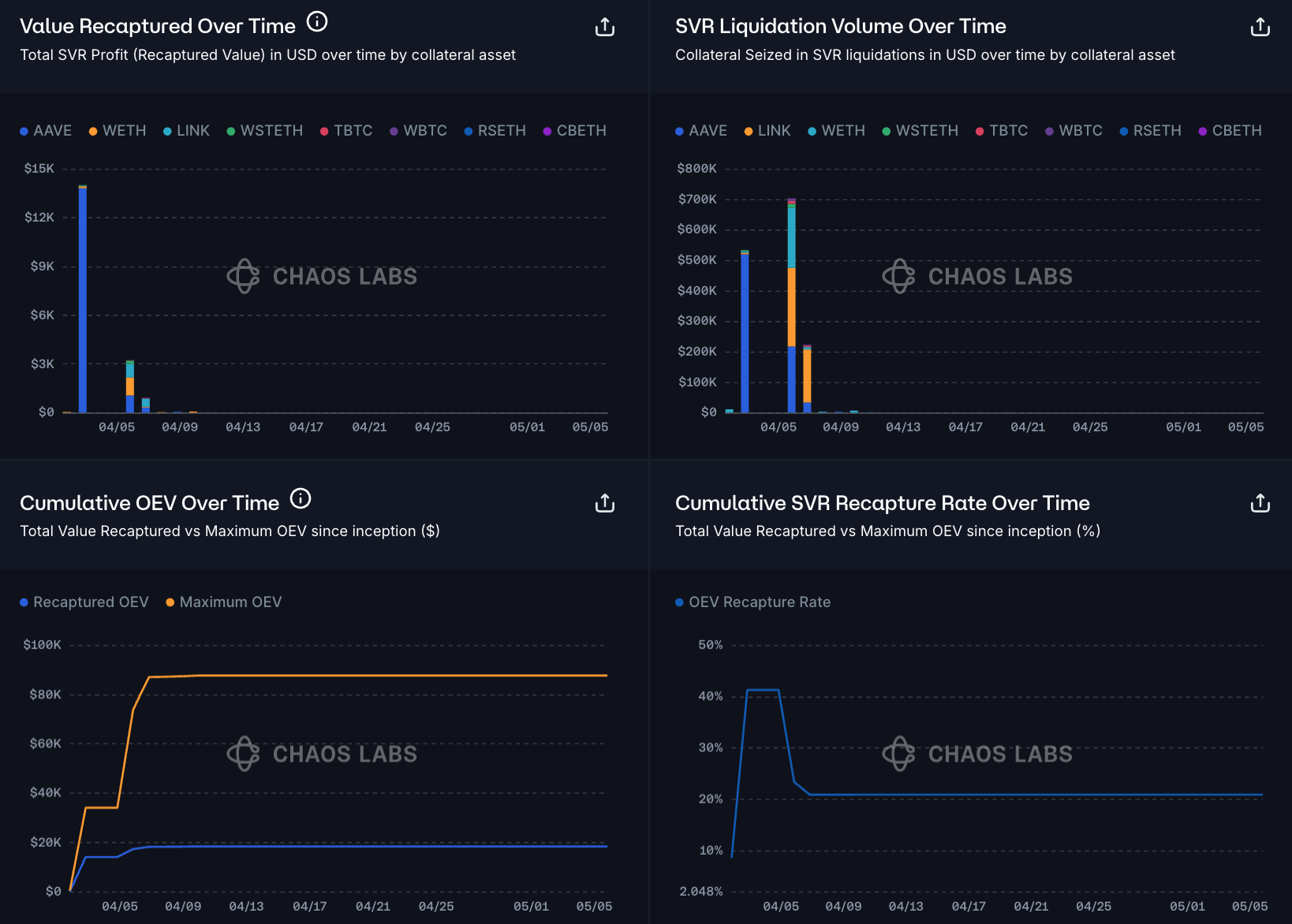
Transparent, On-Chain Performance Metrics and Real-Time Reward Tracking: Provide users with dashboards showing real-time staking performance, community milestones, and transparent reward distribution. Leading DeFi protocols like Aave and Uniswap have set the standard for transparency, which builds trust and encourages ongoing participation in loyalty staking programs.
- Tiered staking rewards keep users committed for the long haul, offering escalating incentives and exclusive perks as they move up the loyalty ladder.
- Gamified community challenges and social bonuses transform users into advocates and ambassadors, amplifying organic growth through viral sharing and collaborative quests.
- Transparent, real-time performance dashboards build trust and accountability, giving users the data they need to track progress and maximize their rewards.
Implementing these best practices requires more than just technical integration. Projects must also invest in clear UX design, regular community updates, and ongoing education to ensure users understand how to maximize their benefits. The most successful platforms continuously iterate on their loyalty programs, refining reward structures and gamification mechanics to keep engagement levels high.
Industry data and pilot programs, such as those run by Unify Rewards and Galxe, show that the combination of tiered incentives, gamified tasks, and transparent metrics can increase user retention rates by up to 40% compared to traditional staking models. This isn’t just a marginal improvement, it’s a paradigm shift in how crypto communities are built and sustained.
As the DeFi landscape evolves, on-chain loyalty staking will continue to set new benchmarks for user engagement, project sustainability, and community-driven growth. For projects and investors alike, adopting these strategies is no longer optional, it’s essential for staying competitive in an increasingly sophisticated market.
For further insights on how on-chain loyalty staking is revolutionizing DeFi rewards and user engagement, visit our comprehensive guide here.
